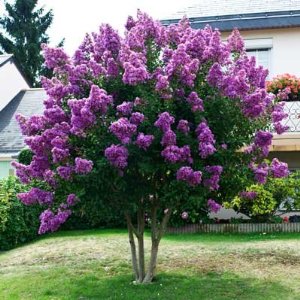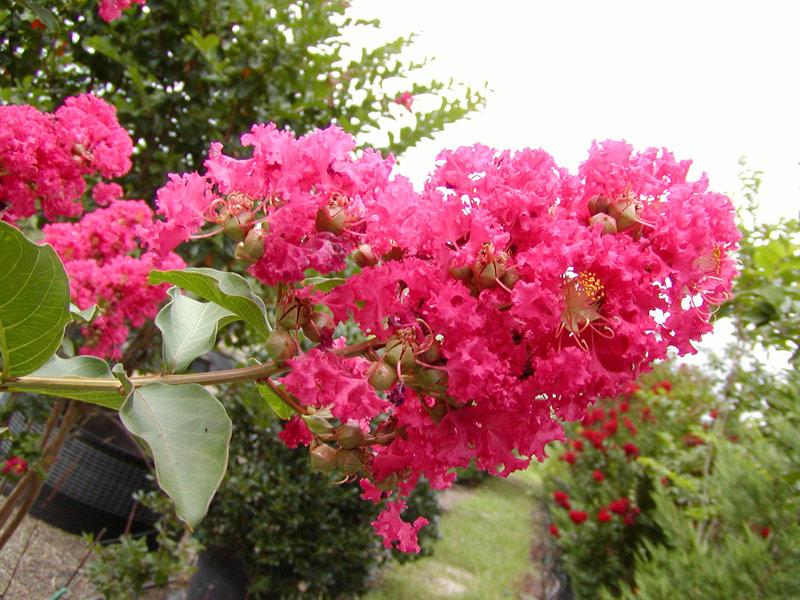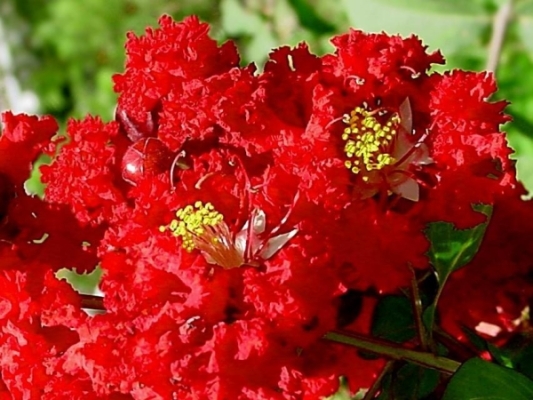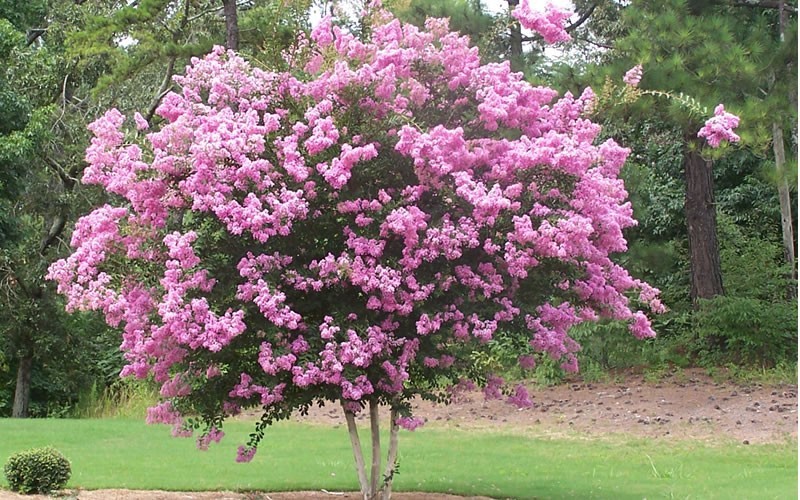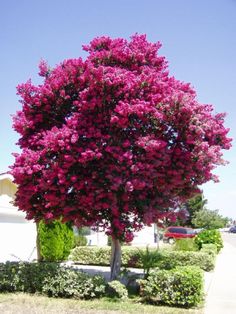Crape
Crepe (from French la crêpe ) is a fabric with curly, granular surface. It is caused by irregular interlacing the yarn during weaving or by using greatly overtightened yarns which snagged herself while washing and finishing.
There are so -called " genuine crepe " ( crepe ) and " loggerhead crepe ". The real crepe is characterized in that the masking effect is achieved only by wacky yarns, again full and semi- crepe crepe can be distinguished. As inauthentic are called crepe, which receives its irregular, grainy image due to special bonds or equipment.
The crepe textiles include the Lavabel, a good washable, soft, flowing fabric with a smooth surface made of silk or synthetic fibers.
Production variants
Garnkreppe
Garnkreppe caused by the use of more than shooting yarns ( crepe yarn). One calls the crepe fabric thus produced real Kreppe. The tissues show a restless, finely textured surface, they are soft flowing and have a sandy grip.
Full Crepe is a fabric with crepe yarn in warp and weft. They used to manufacture a full crepe plain weave. Handelsbezeichungen: crepe georgette, crepe chiffon.
Half Crepe is a fabric with crepe yarn in only one thread system (warp or weft threads ). A crepe effect with fine stripes in the transverse direction can be achieved with each S- or Z -twist crepe yarns in the weft. The crepe yarns are entered in the shot, because it is easier to wind than crepe yarns in the warp beams. Handelsbezeichungen: Crepe Marocain, Crepe de Chine (or crepe de chine ), crepe satin, Chinette.
Voltage crepe is characterized by alternating smooth and bubbly stripes. This is achieved by different warp thread tensions, possibly supported by groups crepe yarns. This effect can also be achieved by shrinking and non-shrinking yarns. Trade name: seersucker.
Binding Kreppe
Binding Kreppe and the sand crepe have a grainy, irregular appearance. This is achieved by connecting technical measures. By adding inserting or removing and re-ordering of the warp and weft threads, a bond crepe can be produced. A regular report is not to be seen, and there shall be no stripes, Bindungsgrate or long floats arise. Handelsbezeichungen: Eiskrepp, Sable / Sand crepe.
Equipment crepe
Three different finishing processes crepe fabric can be created.
Embossing Kreppe: Thermoplastic materials, from acetate or polyester, embossed pattern-wise with the help of heated metal rollers.
Alkali Kreppe: creping liquor at the desired effect is produced by a sodium hydroxide solution. Therefore predominantly pure cotton fabrics and blended fabrics be used with a large proportion of cotton in this process. The generation of the crepe character can be done in 2 different versions:
- On the one hand by local imprint of thickened caustic soda on cotton fabric without simultaneous pursuit of a voltage. The material contracts together with the pattern-wise printed areas, making the crepe effect arises because the curl unprinted games.
- You can also drag -energized by a Laugenvollbad the base fabric. Previously, alkali-resistant thickener is printed as a reserve in patterns. The desired by the caustic treatment effect occurs after removal of the reserve.
To be careful on the longitudinal contraction of about 15% and widthways 16-24 %, depending on the thickness of the crepe effect. Handelsbezeichungen: Kräuselkrepp, seersucker, crepe bubble. Use: bed linen, ladies wear like blouses.
Voltage Kreppe: seersucker has a wash -resistant crepe effect by different warp thread tensions or by shrinking yarns. A bubble structure in the warp direction is cause by treatment with sodium hydroxide. It is characterized by regular bubbles in the warp direction. They get their bubbly, kreppiges appearance in the textile finishing. In Laugierverfahren you print spots or stripes, sodium hydroxide solution on cotton fabric. The printed areas shrink and allow the tissue -bubble, raised patterns. In the market there are Kreppe equipment under the following names: Kräuselkrepp, bubble crepe and crepe Borken.
Kreppe, which means embossing calender crepe structures were pressed, gaufre, crash or Prägeseersucker be called.
- Flachgewebe



